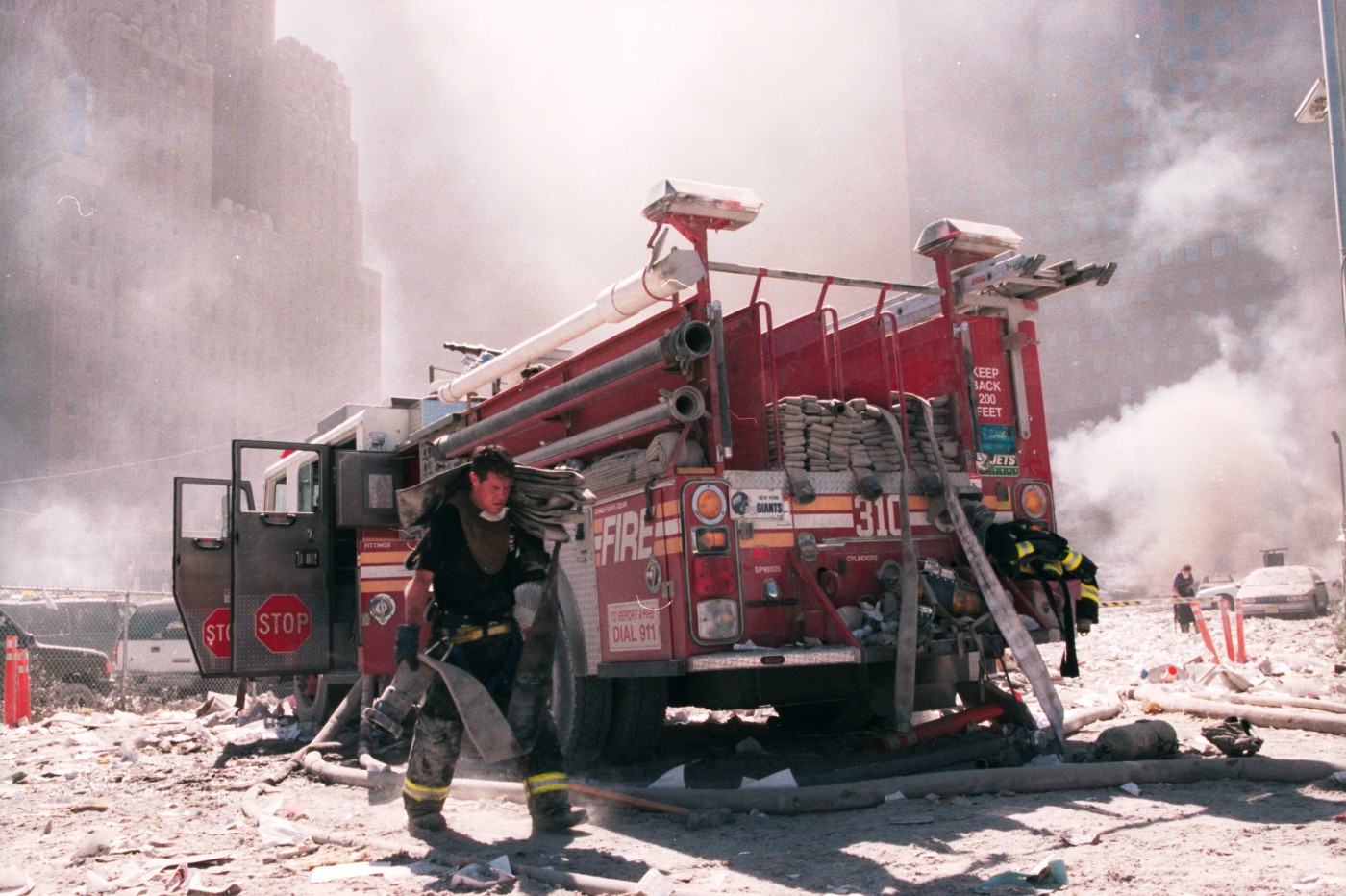High Incidence of Sarcoidosis Found in Ground Zero Firefighters and EMS Workers Post-9/11

A recent epidemiological study showed a high incidence of sarcoidosis among firefighters and emergency medical service (EMS) workers who took part in recovery and rescue efforts following the 9/11 terrorist attack on the World Trade Center (WTC) in New York that claimed the lives of almost 3,000 people.
The study “Post-9/11 sarcoidosis in WTC-exposed firefighters and emergency medical service workers” was published in the journal Respiratory Medicine.
Sarcoidosis is the appearance of small clusters of inflammatory cells (granulomas) in different parts of the body, normally the lungs, lymph nodes, eyes, and skin. It seems that this condition starts as an exacerbated response of the patient’s immune system to multiple environmental/occupational exposures, usually inhaled from the air.
Currently, there is no cure for sarcoidosis. However, the majority of patients recover with little or modest treatment. In 50 percent of cases, sarcoidosis disappears naturally, although in some cases, it may last for years and may cause organ damage.
On Sept. 11, 2001, hijackers flew two airplanes into the north and south towers of the World Trade Center, reducing them to rubble and releasing a massive quantity and variety of toxins into the atmosphere, potentially affecting between 60,000 and 70,000 rescue/recovery workers and thousands of local residents.
Until now, three important cohorts of rescue/recovery workers who took part in rescue efforts at what became known as Ground Zero have reported “greater than expected” numbers of sarcoidosis cases and an elevated risk for the disease.
This study evaluated the association between WTC exposure and post-9/11 sarcoidosis in 13,098 members of the Fire Department of the City of New York (FDNY) and EMS workers who worked at Ground Zero after the attacks. The inclusion criteria for the study were individuals having arrived at the disaster site between the morning of Sept. 11, 2001 and Sept. 24, 2001; without a pre-9/11 diagnosis of sarcoidosis; working at FDNY during at least 18 months; and, having taken at least one post-9/11 health questionnaire.
The team then compared the sarcoidosis incidence in the FDNY population, mainly white males, with the incidence in the database from the Rochester Epidemiology Project (REP) during the same time period. REP is a collaboration between healthcare facilities in Minnesota and Wisconsin, and it has medical records of community members who have agreed to share their data for research purposes.
In their analysis, the authors considered demographically similar individuals, with symptoms of intrathoracic (within the chest cavity) and biopsy-proven cases of sarcoidosis to ensure similar case definition in both cohorts of individuals.
The authors identified 68 confirmed cases of post-9/11 sarcoidosis, in which 67 (98.5 percent) had evidence of intrathoracic condition and only one had evidence of uveitis (eye inflammation), during the 2001 and 2015 period analyzed. At diagnosis, the median age of the individuals was 43.2 years, and most individuals reported they had never smoked (72 percent FDNY and 56 percent REP).
Researchers found that FDNY rescue/recovery workers had an increased risk of sarcoidosis just after 9/11, which persisted at least into 2013. Rates of sarcoidosis were significantly higher in the FDNY cohort when compared to REP: 25.5 per 100,000 compared to 10.2 per 100,000 person-years, when considering demographically similar and age-adjusted white males.
The authors highlighted some limitations of the study, including the absence of a FDNY, non-WTC-exposed group to evaluate the healthy worker effect, as well as no information from the REP about potential firefighting and WTC exposures, which would have increased the risk for sarcoidosis in the REP population and decreased the difference observed in these two cohorts.
Nonetheless, the team concluded, “We found excess incident sarcoidosis in FDNY WTC-exposed rescue/recovery workers. Continued surveillance, particularly of those most highly exposed, is necessary to identify those with sarcoidosis and to follow them for possible adverse effects including functional impairment and evidence of organ damage.”






